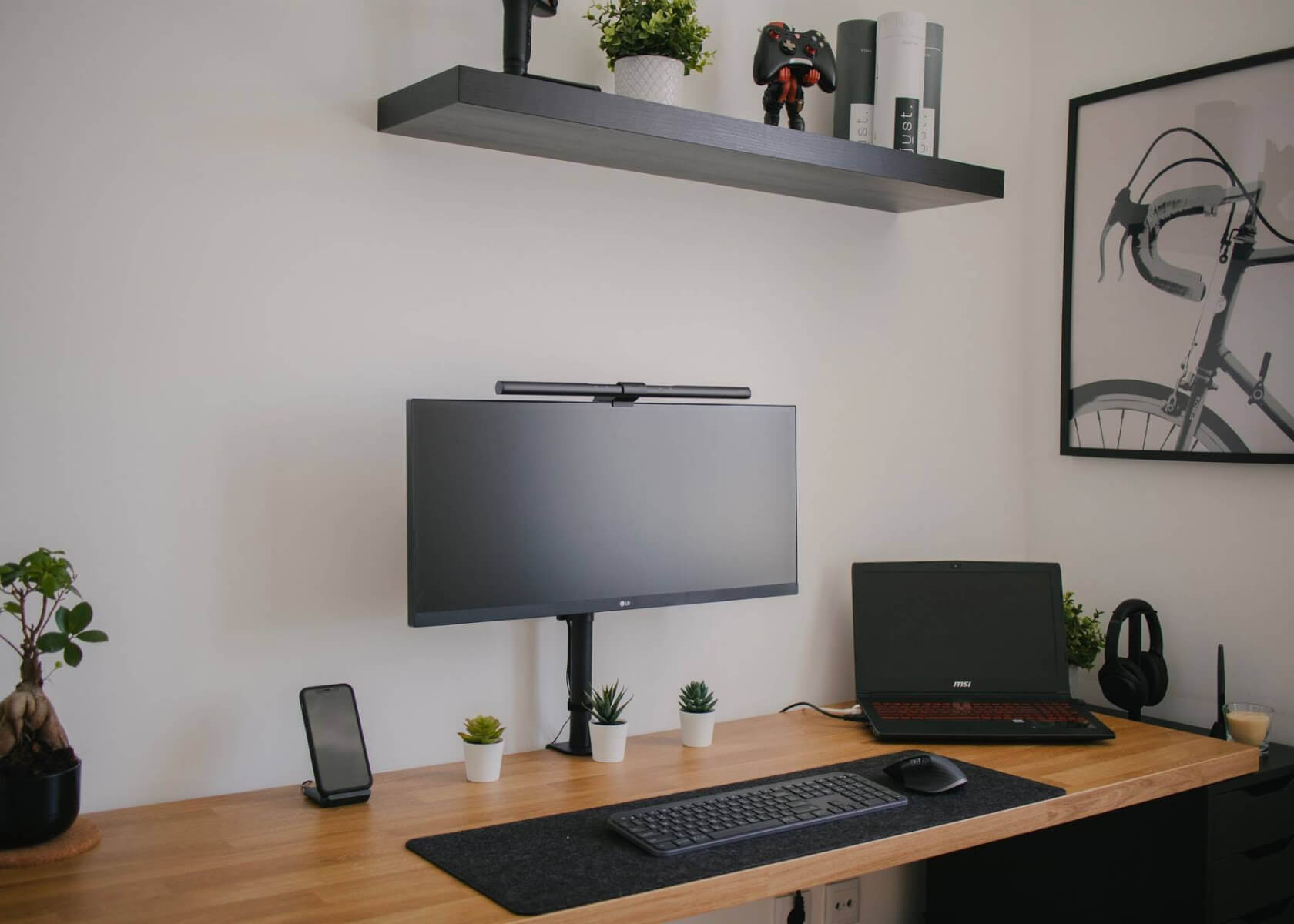Designing a Multi-Column Layout in Notion: A Guide for Organized Content

New to Notion?
How to Design a Multi-Column Layout Within Notion for Organized Content
Notion is a powerful all-in-one productivity tool that allows you to organize and present information in a visually appealing manner. One popular design technique in Notion is to create multi-column layouts, which help you present your content more structured and appealing. Notion now offers multiple methods to create such layouts—ranging from the classic drag-and-drop technique to using inline table blocks for structured data.
Below are two updated approaches to design multi-column layouts within Notion.
1. Creating Multi-Column Layouts Using Drag-and-Drop
This is the simplest and most flexible method, taking full advantage of Notion’s block-based design.
- Add Your Content Blocks
Create text, images, or any other blocks by clicking the + symbol or typing /text, /image, etc.
- Create Columns by Drag & Drop
Hover over the left side of a block until you see the six dots handle. Click and drag the block to the right of an existing block until you see a vertical blue line indicating a new column. Repeat this process to add more columns.
- Adjust Column Widths
Once your blocks are positioned side by side, you can adjust the width of each column by dragging the divider between them.
This approach is ideal for designing flexible pages, such as dashboards, landing pages, or interactive notes.
2. Using Table Blocks for Structured Grid Layouts
For more structured content—like side-by-side lists, feature grids, or comparison tables—using inline table blocks remains a valuable method. Note that while tables allow for a grid-like structure, Notion currently does not support merging cells. Instead, each cell works as an independent container for various types of content.
- Create an Inline Table
Open a new or existing page, click the + symbol, and select Table – Inline. A table with default columns and rows will appear.
- Customize the Table
- To add more columns, click the header of the rightmost column and select Insert Right.
- To add rows, click the + New row button at the bottom of the table.
- Populate the Table
Click on any cell to input content. Each cell can include text, images, or even other Notion blocks. Use this to create tidy, side-by-side comparisons or grouped content.
- Style Your Table Content
Within each cell, format your text using options such as bold, italics, and bullet points. You can also insert images by selecting Image from the toolbar after clicking on a cell.
3. Enhance Your Layout with Visuals and Icons
To make your multi-column layout even more engaging:
- Embed Visuals: Click on a cell and type
/embedto embed images, videos, or external links from sources like Pinterest, Unsplash, or YouTube. - Add Icons: Use icons to represent different sections or enhance the visual appeal. Access Notion’s built-in icon library by clicking the + symbol and selecting Icon.
4. Apply Styling and Themes
Notion provides various styling options to customize the appearance of your layout:
- Change Background Colors: Right-click on a block or table cell and select Format to modify background colors.
- Adjust Fonts and Themes: Within Notion’s page settings, explore options to switch themes or adjust fonts, ensuring your layout matches your desired aesthetic.
5. Collaborate and Share
One of Notion’s strongest features is its collaboration capabilities:
- Invite Team Members: Click on the Share button in the top right corner of the page to invite colleagues. Adjust permissions so collaborators can edit or view the content.
- Generate a Shareable Link: Use the Copy Link option to share your layout with others, even if they aren’t part of your internal workspace.
Conclusion
By designing a multi-column layout within Notion—whether through the drag-and-drop method or structured tables—you can effectively organize content and create visually engaging pages. Experiment with different formatting options, incorporate visuals and icons, and leverage Notion’s collaboration features to design layouts that work best for your unique needs. Enjoy the flexibility and power that Notion brings to your productivity workflow!


